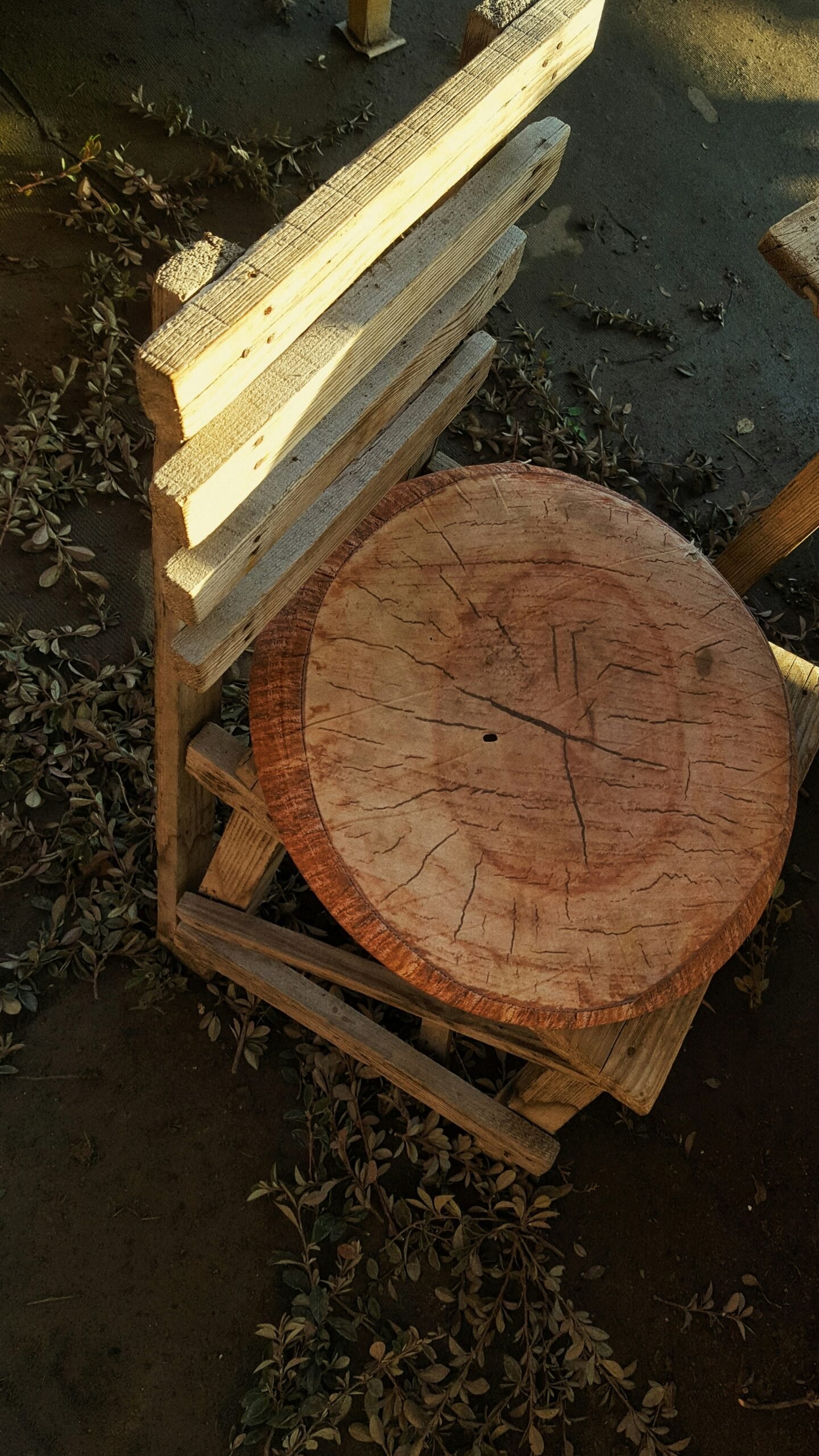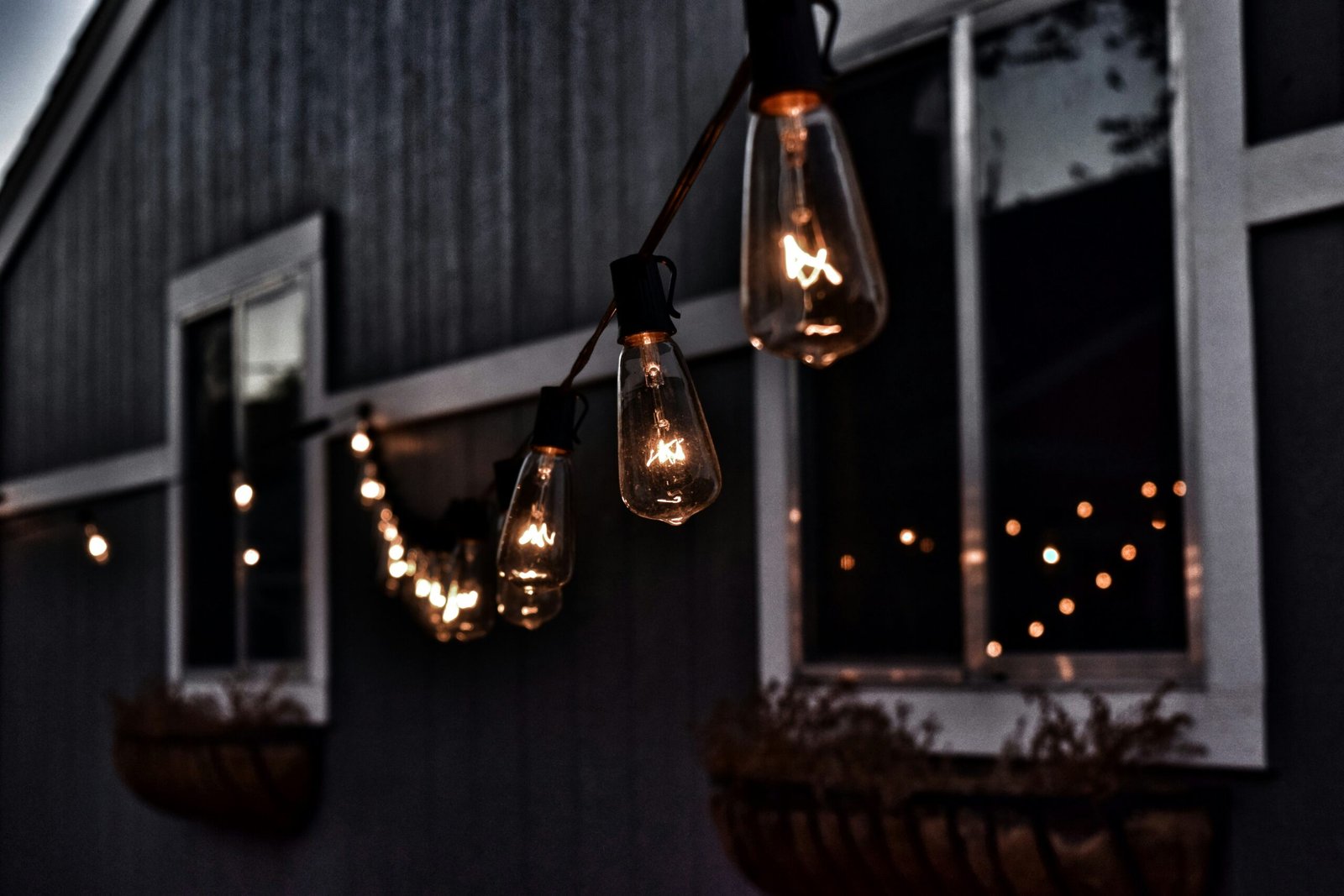Understanding Upcycling and Its Benefits
Upcycling is the creative process of transforming old, unwanted, or discarded items into something new and of higher quality or value. Unlike recycling, which often involves breaking down materials to create new products, upcycling retains the original material’s structure, repurposing it in innovative ways. This concept has gained traction in recent years, not just as a means of personal expression but also as a crucial component of sustainable living. By diverting items from landfills and reducing the need for new raw materials, upcycling plays a significant role in conserving natural resources and reducing environmental pollution.
One of the foremost benefits of upcycling is its positive environmental impact. Every year, countless items are thrown away, filling up landfills and contributing to global pollution. Upcycling helps to curb this trend by breathing new life into old objects, thereby decreasing waste. Additionally, it conserves resources and lowers the carbon footprint associated with manufacturing new items, as upcycled pieces often require fewer raw materials and energy to produce compared to newly manufactured goods. This sustainability aspect is one of the key driving forces behind the upcycling movement.
From a financial standpoint, upcycling can be a savvy means of saving money. Instead of purchasing new furniture, individuals can revamp their existing pieces, cutting down on expenses. Often, the materials required for upcycling can be sourced inexpensively or even found around the home, making it an economically advantageous alternative to traditional shopping. This cost-effectiveness is particularly appealing in today’s economic climate, where budget-conscious consumers are continuously seeking ways to save.
Moreover, upcycling fosters creativity and personal satisfaction. It offers individuals the opportunity to experiment with design, colors, and textures, resulting in unique, personalized pieces that reflect one’s style and ingenuity. The sense of accomplishment gained from seeing a finished upcycled piece—knowing it is a creation birthed through one’s effort and imagination—can be deeply rewarding.
Upcycling is also aligned with current lifestyle trends focusing on sustainability and ethical consumption. As more people become aware of the environmental impact of their purchasing decisions, the demand for sustainable and eco-friendly practices continues to grow. Upcycling meets this demand, providing a practical solution that aligns with the ethos of conscious consumerism. Its rising popularity is a testament to an evolving mindset that values recycling, reusing, and reducing waste, making upcycling much more than a mere trend—it’s an essential practice for a sustainable future.
Essential Tools and Materials for Furniture Upcycling
Embarking on a furniture upcycling project requires a well-equipped toolkit to achieve professional and durable results. Here, we outline the fundamental tools and materials necessary for transforming old furniture into stylish, functional pieces.
First and foremost, sandpaper is indispensable for prepping surfaces by smoothing out imperfections and creating a base that helps paint adhere better. It’s advisable to have a range of grits, typically from 80 to 220, catering to both rough and fine sanding needs.
Paint is another crucial component, chosen based on the desired finish and furniture material. High-quality latex or chalk paints are popular choices for their durability and user-friendly application. Brushes and rollers are essential for applying the paint; investing in different sizes and types, including foam brushes for detailed areas, can make a significant difference in the outcome.
Stencils serve as a fantastic tool for adding intricate patterns and designs to your upcycled furniture. They come in various motifs and sizes, enabling customization to match your style. To secure and enhance the structure of furniture, wood glue is a necessity. Opt for a high-quality glue known for its strong bond, such as PVA or epoxy-based glues.
Basic carpentry tools are fundamental for making any structural changes or repairs. A reliable set should include a hammer, screwdrivers, a tape measure, clamps, and a level. For more advanced DIY enthusiasts, power tools like a jigsaw, drill, and sander can significantly expedite the process and deliver more precise results.
When it comes to sourcing these materials, local hardware stores and big-box retailers usually stock the necessary items. Additionally, online marketplaces offer a vast selection, often providing competitive prices and extensive user reviews. For those on a budget, second-hand stores or community tool-sharing programs can be excellent resources. Always prioritize quality, as high-grade materials and tools will not only facilitate the process but also enhance the longevity and appeal of the finished product.
Creative DIY Upcycling Projects for Different Types of Furniture
Transforming outdated or worn furniture pieces into stylish home decor with DIY upcycling projects can be remarkably satisfying. This section explores a variety of innovative ideas tailored to different types of furniture, demonstrating how to breathe new life into these items through painting, staining, reupholstering, adding new hardware, and repurposing parts for new functions.
Chairs
One of the most straightforward upcycling projects is updating old chairs. Start by sanding down the wood or metal surfaces to prepare for painting or staining. Once smooth, apply a fresh coat of paint in a color that suits your décor. For a vintage look, consider distressing the paint with sandpaper once it’s dry. Reupholstering the seat is another way to revamp a chair. Choose a fabric that complements the new paint color and secure it with a staple gun, adding padding for extra comfort if necessary.
Tables
Turning a coffee table or dining table into a statement piece is an exciting DIY project. Begin by cleaning the surface and sanding it down if it’s made of wood. Next, apply wood stain to enhance its natural grain or paint it for a bold transformation. Additionally, adding stencils or decals can imbue the tabletop with unique designs. If the legs are worn out, consider replacing them with new, stylish ones available at hardware stores. For an added touch, you can create a mosaic on the tabletop using tiles or glass pieces.
Dressers
Dressers offer ample opportunities for upcycling creativity. A popular method is painting them in vibrant colors or sophisticated shades. Before painting, remove the drawers and hardware, and sand the surfaces. Once painted and dry, reattach the drawers and replace old knobs with modern or vintage hardware for a refreshed look. Alternatively, you can decoupage the drawer fronts with patterned paper or fabric for an eclectic finish. For a unique twist, remove some drawers to create open shelving, perfect for displaying books or decor items.
Bookshelves
Bookshelves can be transformed beyond their traditional use. Painting or staining are initial steps to freshening up the look. To make a bold impact, paint the back panel in a contrasting color. Additionally, you can remove some shelves to modify the storage space, creating an area for larger decor items or a mini home office. Another innovative option is to repurpose an old bookshelf into a bar cart—simply add casters to the bottom and install racks for glasses or wine bottles.
By investing a bit of time and effort into these DIY upcycling projects, you can turn old, neglected furniture into functional and fashionable pieces that enhance your living space. Each upcycling project not only promotes sustainability but also provides a deeply personal touch to your home decor.
Tips for a Successful Upcycling Experience
Embarking on a DIY upcycling project can be both an enjoyable and rewarding endeavor if approached with careful planning and the right mindset. The first and foremost step towards a successful upcycling project is to select the right piece of furniture. Opt for items that are structurally sound and have potential to be transformed with minimal effort. It’s equally important to envision the final outcome before you start. Sketch out your ideas or create a mood board to solidify your vision, allowing you to stay focused and inspired throughout the process.
Safety should always be a priority, especially when using tools and chemicals. Ensure you have a well-ventilated workspace, and always wear appropriate safety gear such as gloves, goggles, and masks. Take the time to read the instructions and safety warnings on paints, adhesives, and other materials you intend to use. It’s better to be over-prepared than to risk injury or exposure to harmful substances.
One of the common challenges in upcycling old furniture is dealing with issues such as damaged wood or old paint. For damaged wood, sand the surfaces to smooth out imperfections and use wood fillers to repair deeper cracks. When dealing with old paint, especially if there’s a possibility of it being lead-based, take extra precautions by wearing masks and adequately disposing of the old paint layers. Stripping old paint is usually best done with a combination of sanding and chemical strippers designed for the task.
Inspiration is everywhere, and sourcing it can help fuel your project’s creativity. Join online communities dedicated to furniture transformation and DIY projects to gain insights and ideas. Participating in upcycling workshops or reading books on the subject can also provide valuable techniques and inspiration. Seeing other people’s dos and don’ts can save you time and resources.
Finally, remember that upcycling is a creative journey with plenty of learning opportunities. While it’s essential to plan and follow guidelines, allow yourself the freedom to experiment and make mistakes. These are integral parts of the upcycling experience. Empower yourself with the knowledge and confidence to start your first project, and enjoy the process of transforming old furniture into something uniquely yours.



